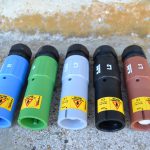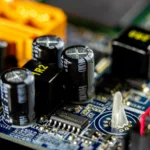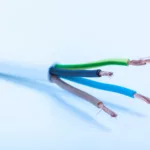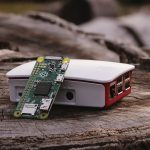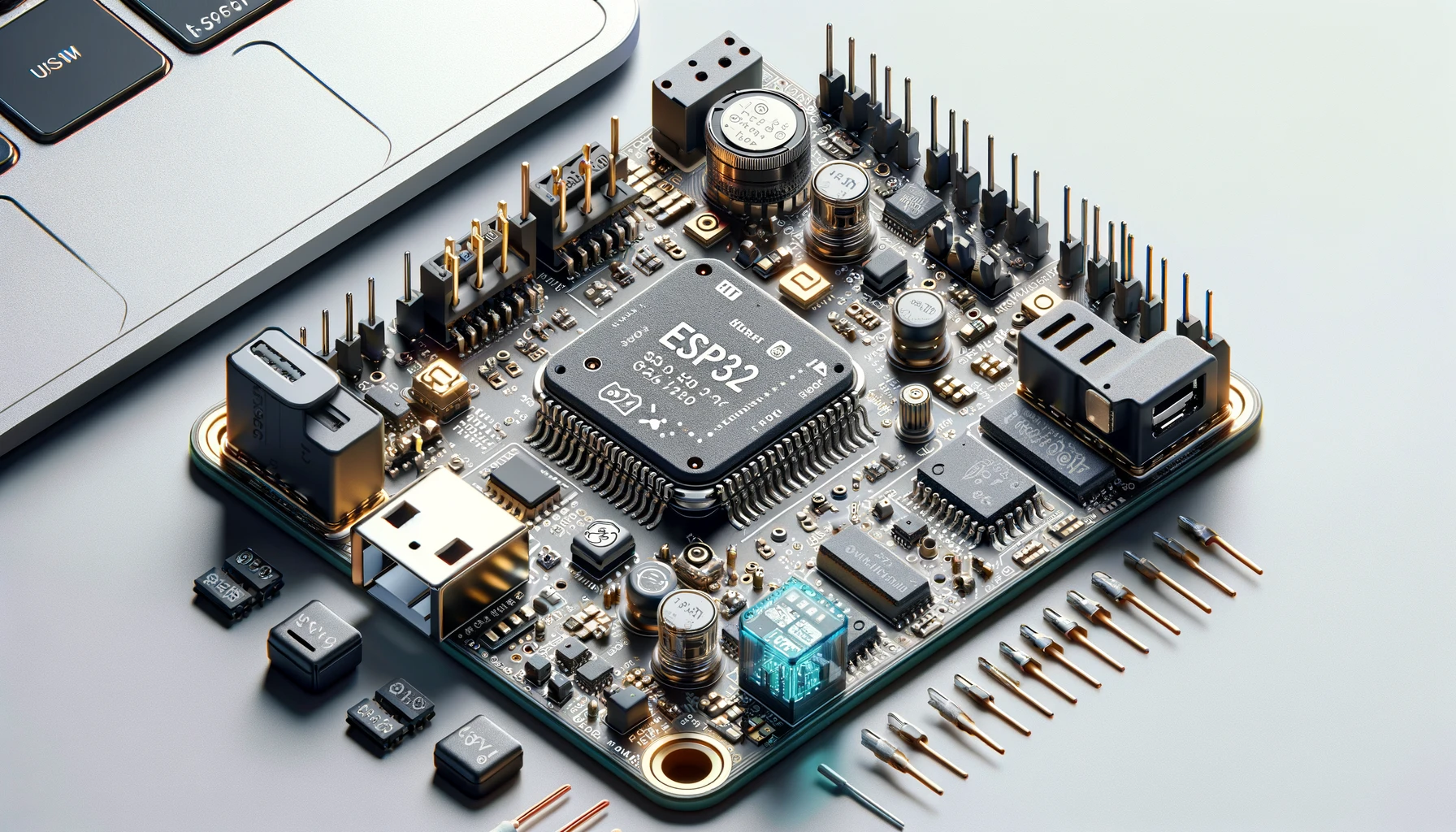
Introduction
Microcontrollers are indispensable in modern electronics, providing the backbone for countless IoT (Internet of Things) applications and industrial automation. Among the vast array of microcontrollers available today, the ESP32 series stands out due to its remarkable features and robust performance. However, this low-cost, low-power system on a chip (SoC) series provides a flexible, powerful platform to bring your projects to life. Additionally, this article covers various aspects of the ESP32 microcontroller series, exploring its features, significance, different models, versatile applications, and development environment.
A Brief Overview of ESP32 Microcontroller
The ESP32 microcontroller, developed by Espressif Systems, is a powerful dual-core (Tensilica Xtensa LX6) processor designed to handle multiple functions simultaneously in various embedded systems and IoT applications. This SoC provides robust processing capabilities with significant features and improvements to its successor ESP8266 microcontroller. The ESP32 microcontroller series integrates Wi-Fi, Bluetooth, multiple GPIOs, and other peripheral interfaces to support a broad spectrum of communication protocols. The affordability, high energy efficiency, rich peripheral sets, and advanced security features of this versatile microcontroller make it an ideal candidate for professionals, educators, and DIY hobbyists looking to develop robust IoT solutions.
The Significance of ESP32 Microcontroller
The ESP32 is a cornerstone in modern electronics due to its powerful features, adaptability to various communication standards, and extensive developer support. The significance of the ESP32 also lies in its integration of a variety of peripherals, such as touch sensors, ADCs, DACs, and UARTs, which can cater to diverse application needs without additional components. Additionally, The ESP32’s open-source development environment and extensive community support further enhance its appeal, allowing both hobbyists and professionals to innovate rapidly and effectively.
Technical Specifications and Special Features of ESP32 Microcontroller Series
The ESP32 microcontroller series has gained widespread adoption across various industries due to its robust feature sets and specifications. These include:
- Processor and Memory: The ESP32 features a dual-core Xtensa LX6 microprocessor with clock speeds of up to 240 MHz. It also includes numerous memory options, including SRAM and ROM, to support complex applications.
- Connectivity Options: Among the standout features of the ESP32 is its integrated Wi-Fi and Bluetooth capabilities. It supports both Bluetooth Classic and Bluetooth Low Energy (BLE), making it suitable for several wireless communication tasks.
- Power Consumption: The ESP32 is designed with energy efficiency and features several power-saving modes that extend battery life in low-power applications.
- Rich Peripheral Interfaces: The microcontroller includes numerous sensors and peripheral interfaces such as SPI, I2C, UART, ADC, DAC, and PWM. These interfaces provide flexibility for interfacing with multiple sensors and devices.
- Operating Conditions and Environmental Tolerances: The microcontroller is built to operate reliably in diverse environmental conditions. It has a temperature range typically from -40°C to +125°C, making it suitable for both consumer and industrial applications.
- Advanced Security Features: Security is paramount in IoT devices. The ESP32 includes hardware encryption, secure boot, and other attributes that ensure data integrity and protection against unauthorised access.
What are the ESP32 Microcontroller Models and Variants?
The original microcontroller series comes in various series and variants, each tailored to specific application needs. Some of the notable variants of the ESP32 series include:
ESP32-C Series
The ESP32-C series is the latest addition to its original ESP32 series, designed for applications requiring high levels of integration and compact size. Moreover, this microcontroller family includes chips that are perfect for wearable technology, wireless audio, and other portable devices.
ESP32-WROOM Series
The ESP32-WROOM series is one of the most popular variants that offers robust connectivity options. It is known for its compact design and extensive features, making it suitable for a variety of IoT applications.
ESP32-WROVER Series
The WROVER series includes additional PSRAM, enhancing its memory capacity. It is ideal for applications requiring high data throughput, performance, versatility, and processing power.
ESP32-S Series
This microcontroller series focuses on providing robust performance and reliability in IoT solutions. With various models tailored for specific use cases, the ESP32-S series suits secure communication and low-power applications.
How Can I Program the ESP32 Microcontroller?
Programming the ESP32 is primarily done using the Arduino IDE––a user-friendly environment for writing and uploading code to the microcontroller. Moreover, the ESP32 is supported by the Espressif IoT Development Framework (ESP-IDF)––an Espressif’s official development framework for a more in-depth programming experience that leverages all the ESP32’s capabilities. Additionally, the microcontroller also supports languages like C, C++, and Python.
Exploring Real-World Applications of ESP32 Microcontroller Series
The versatility of the ESP32 allows it to be used in various applications, such as:
- Smart Home Automation: The ESP32’s connectivity options and processing power make it an excellent choice for home automation systems, enabling smart home devices to communicate seamlessly and operate efficiently.
- Industrial IoT: In industrial settings, the ESP32 can monitor and control machinery, collect data, and improve operational efficiency through real-time analytics.
- Wearable Technology: The ESP32’s compact size and low power consumption make it ideal for wearable devices. However, it provides the necessary processing power and connectivity for health monitoring and fitness tracking.
- Smart Agriculture: In agriculture, the SoC can develop smart irrigation systems, monitor soil conditions, and manage resources more effectively.
- Robotics: In robotics, the microcontroller is employed to develop control systems that manage the movement and operations of robots and autonomous vehicles.
- Health Monitoring Systems: The ESP32’s capabilities are well-suited for health monitoring systems to collect and transmit data from various sensors, providing real-time health information to users and healthcare providers.
Bottom Lines
The ESP32 microcontroller series is a powerful and versatile solution for a multitude of applications––from IoT devices and smart agriculture to industrial automation and robotics. Its combination of processing power, connectivity options, and low power consumption makes it a compelling choice for developers worldwide. Moreover, with strong community support and a robust development environment, the ESP32 offers endless possibilities for innovation and creativity in the field of electronics.







